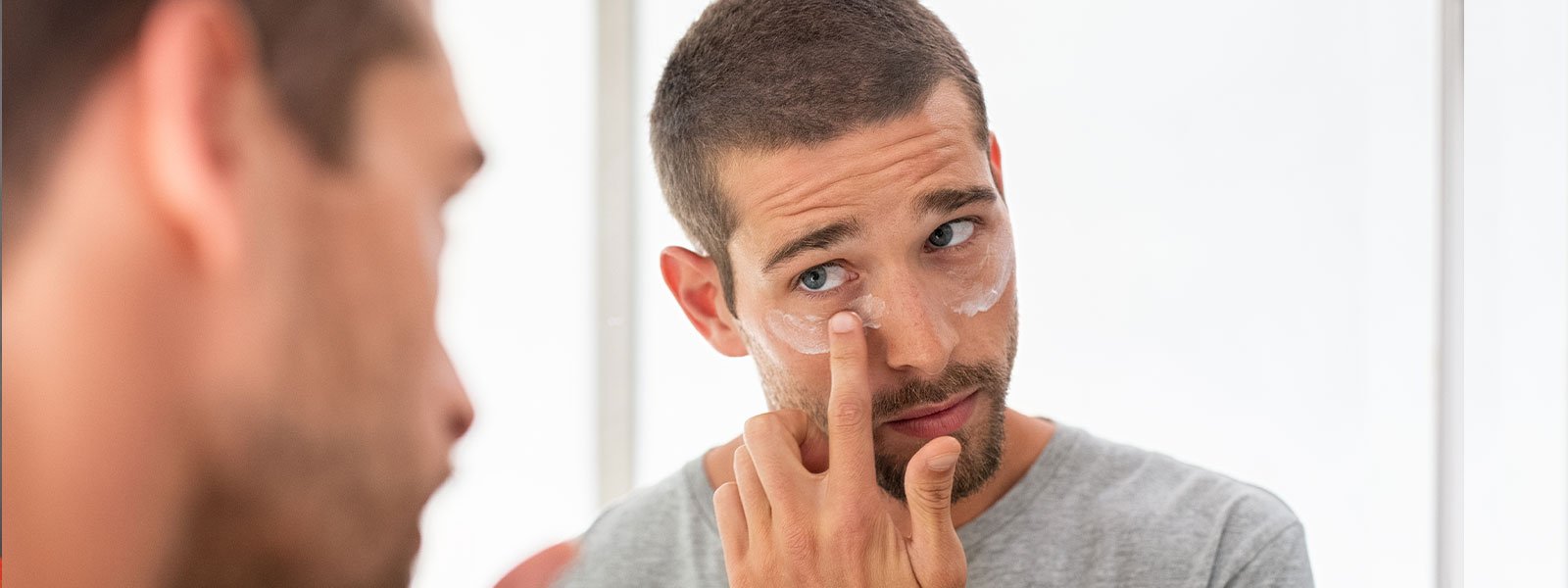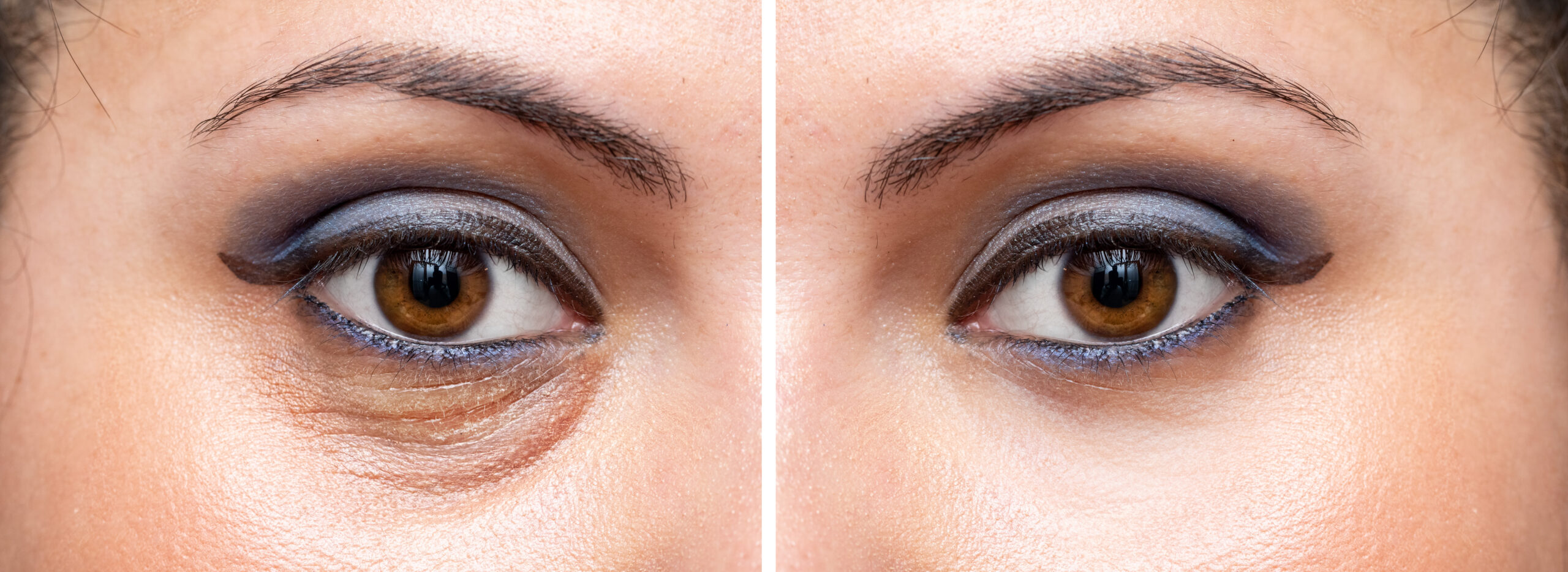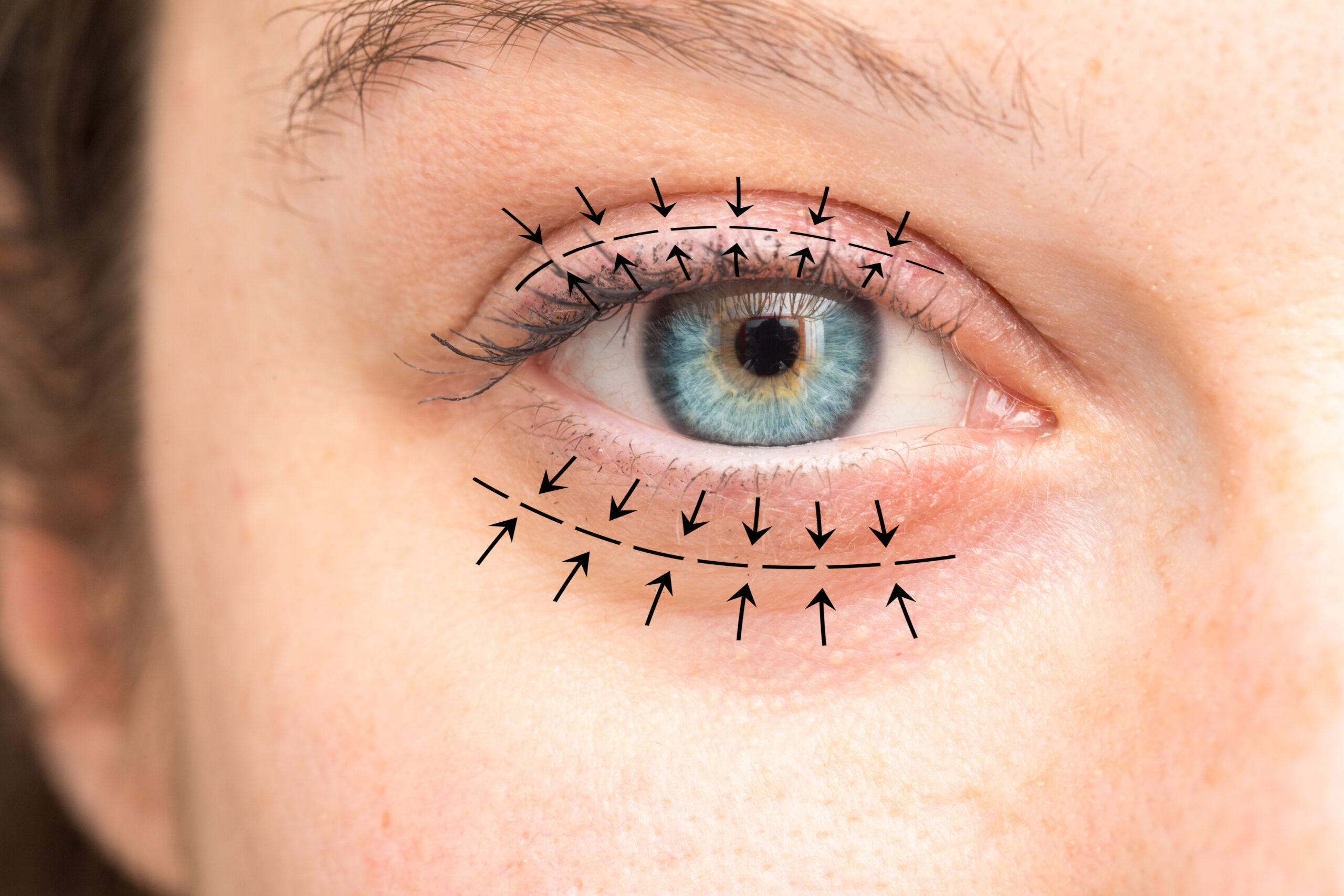How to Get Rid of Upper Eyelid Bags and Dark Circles

Eyelid Bags are common as we age and can be made worse by things like sun damage and genetic factors. Excess skin and fat can begin to droop and bulge making the eyelids feel and look heavy.
Dark circles around the eyes can be a combination of bulging fat that casts a shadow or the general skin texture itself. Blepharoplasty and/or filler injections with Restylane or Belotero are good options for patients who would like to improve the appearance of dark circles around the eyes.
Blepharoplasty
Blepharoplasty is a procedure that removes extra tissue from around the eyes to make you look and feel your best. This treatment is done right in the comfort of your local SightMD cosmetic suite, or our designated surgery center under IV sedation.
The procedure takes less than one hour to perform and can be done on the upper eyelids, lower eyelids, or both. Tiny stitches are placed along the eyelid incisions to make sure there is minimal scarring. The eyelids are a unique area of the body that often leave little to no scars, especially with the precise work of our skilled oculoplastic surgeons.
About Eyelid Surgery
There are two main risks with cosmetic eyelid surgery; bleeding and infection. Making sure to discontinue blood thinners like aspirin, ibuprofen, Motrin, vitamin E, fish oil, and others will help to decrease the risk of significant bleeding after surgery. To make sure there is no infection, an antibiotic ointment is prescribed to be placed on the stitches until they are removed 5-10 days after surgery.
During the recovery period, rest and ice to the eyelids will help to make sure the area heals quickly. It is important to avoid heavy lifting, straining, or bending over. Heavy exercise should be avoided until after the stitches are removed.
SightMD offers consultations for patients who have eyelid bags or dark circles to discuss blepharoplasty and other options. In many cases, commercial insurance carriers or Medicare will cover part of the cost of droopy eyelid surgery if the vision is affected. With simple tests in the office, we can begin to discuss your goals and create a personalized treatment plan just for you.


